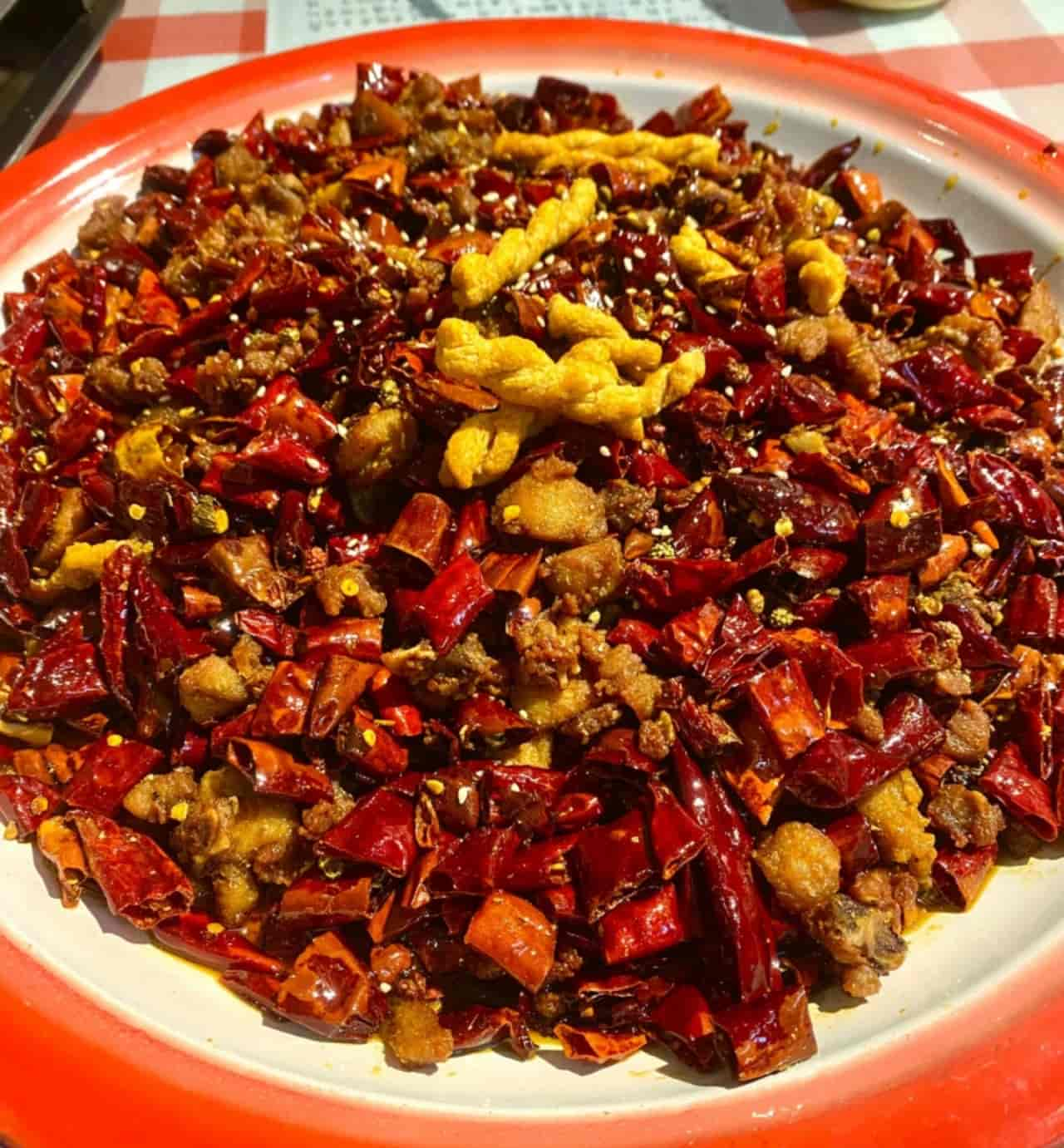Chongqing is a food paradise, walking through the streets and alleys, there are tantalizing aromas everywhere. Walking into any small store will give you a particularly satisfying meal.
Chongqing is best known for its spicy hot pot and pickled fish. Hot pot and numb and spicy, tripe crisp and refreshing, so people can not stop eating. Sauerkraut fish fish tender, soup hot and sour appetizing, eat a mouthful of people’s appetite.
Whether it’s a street stall or an upscale restaurant, Chongqing’s food is full of passionate and bold flavors. If you come to Chongqing, you must try these delicacies yourself and make them unforgettable memories.
Today we’ll take a look at Chongqing’s top 10 classic cuisines and see which one is your favorite.
01.Chongqing tripe hot pot
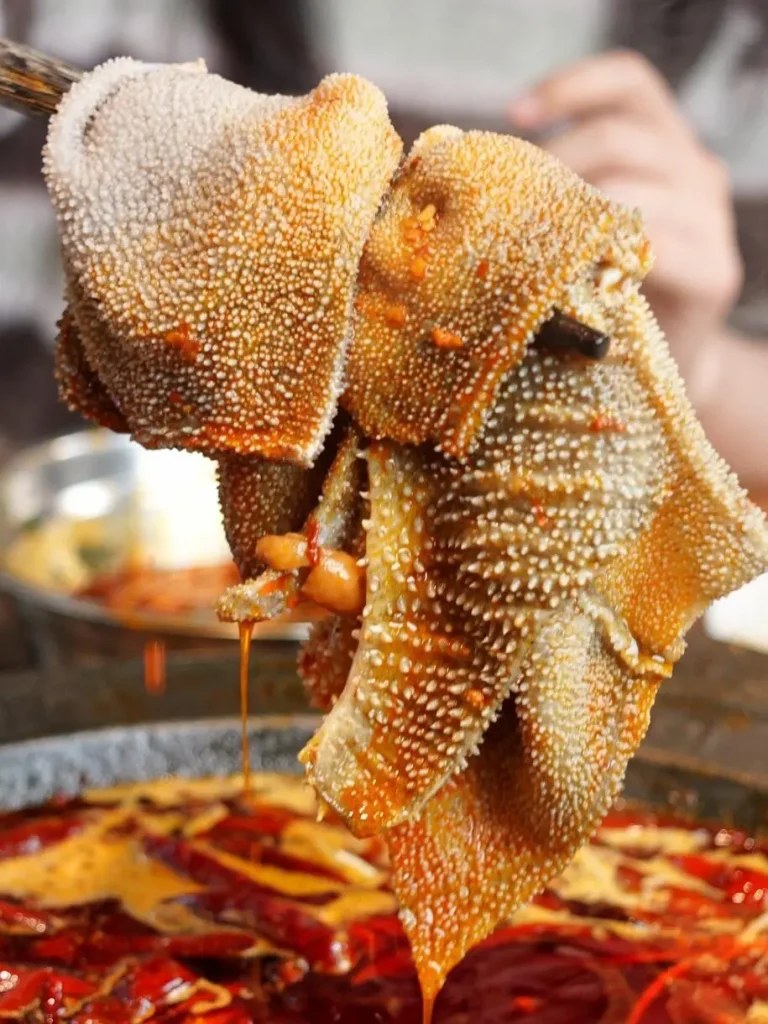
The most famous hot pot in Chongqing is the tripe hot pot. Its soup base is made from beef bones with various spices slowly simmered, the color is red, the aroma is overwhelming, and just smelling it makes one’s mouth water.
There is a little trick to eating tripe, called “seven up, eight down” shabu-shabu. The maw is crispy and tender, wrapped in a spicy broth that makes eating it particularly enjoyable. Combined with the side dishes of tender beef, duck intestines, and bean skins, you’re guaranteed to have a satisfying meal.
You might also be interested in:
⭐ Chongqing Hot Pot
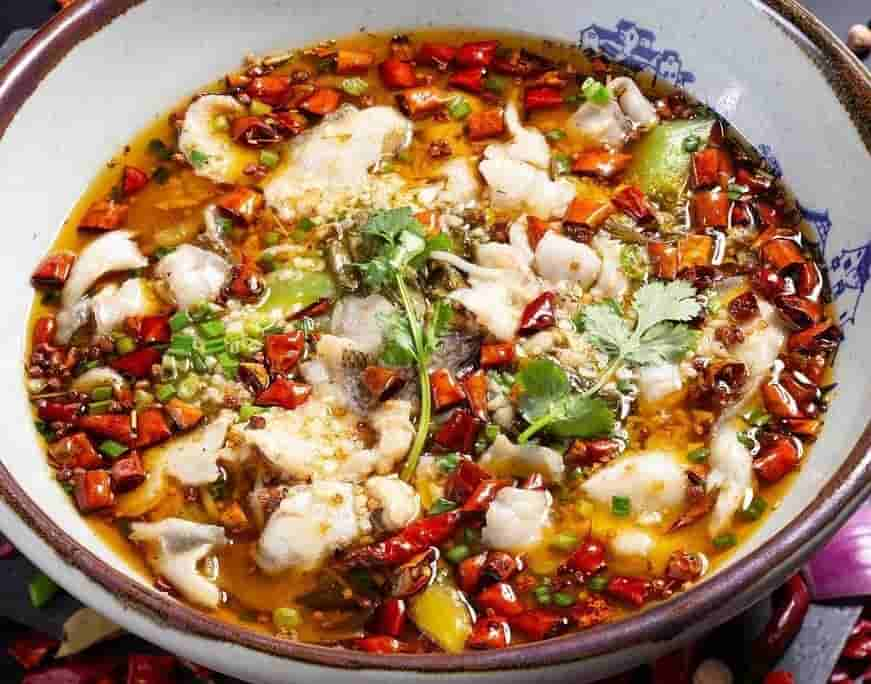
Chongqing shui zhu yu was first spread from the Yubei region.
The dish is usually made with grass carp and served with vegetables such as bean sprouts. The chef will marinate the fish to taste and then cook it in a special way. This makes the fish smooth and tender, with just the right amount of spicy flavor without being too greasy. Served in a big pot, it is hot, spicy, fresh and flavorful, making it especially addictive to eat.
03.Mao Xue Wang (Chongqing Spicy Blood and Offal Hotpot)
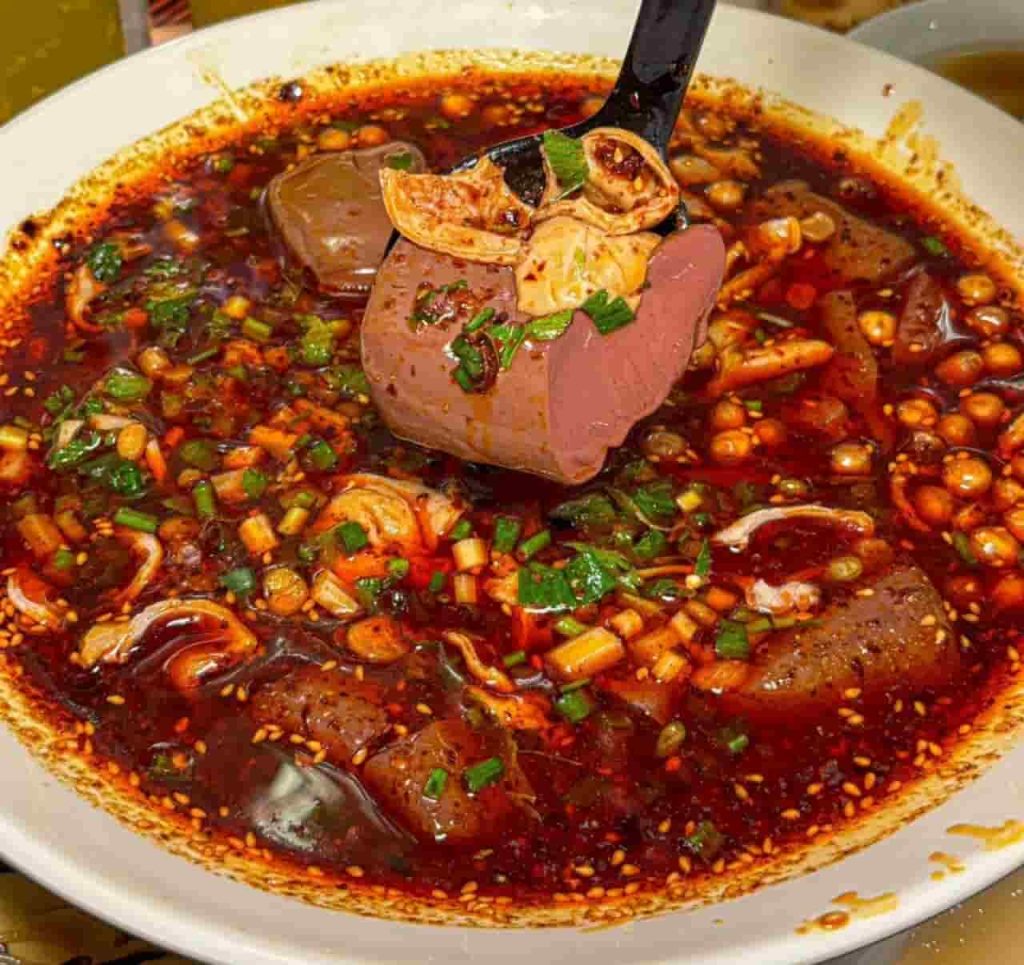
Mao Xue Wang,This famous Chongqing dish was first born in the ancient town of Maguikou, featuring tender duck/pig blood with more than ten ingredients such as crispy tripe, toothsome yellow throat and refreshing bean sprouts.
Its unique charm lies in:
xue wang in your mouth like pudding
The red oil soup base is spicy and flavorful, the more you eat, the more addictive it becomes.
One spoonful is full of ingredients, super satisfying
When you eat it, the rich flavor of various ingredients blossoms in your mouth, and the spicy flavor runs from the tip of your tongue to your whole body, definitely making you sweat profusely and unable to stop your chopsticks!
04.Chongqing Spicy Chicken

This famous dish from the Ming and Qing dynasties perfectly illustrates the Chongqing people’s food philosophy of “no spice, no fun”.
Traditional recipe:
Dice the chicken thighs and marinate them in a secret sauce.
First fried, then stir-fried – first fried until crispy on the outside and tender on the inside, then stir-fried with dried chili peppers and peppercorns.
The amount of chili peppers is amazing, red color spread all over the plate
Taste Experience:
First bite: the numbness of the peppercorns and the spiciness of the chili peppers are fried at the same time.
Second bite: the crunchiness of the chicken meat and the richness of the spices are perfectly integrated
The more you eat, the more you’ll be satisfied, and even the bones have a tantalizing aroma.
The authentic way of eating is to “find the treasure in the pile of chili peppers”, each piece of golden chicken meat is a surprise in the sea of spices!
05.Chongqing Sour Fish Soup
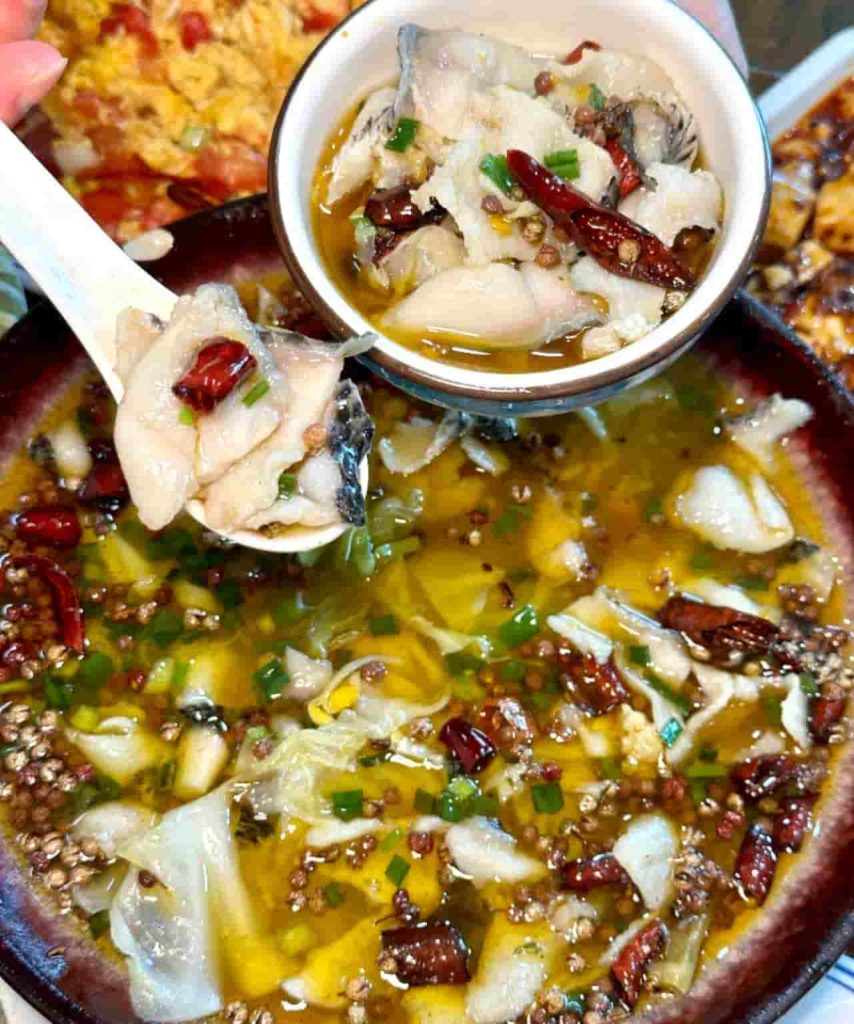
Chongqing Sour Fish Soup – Chongqing Specialty Hot and Sour Fish Soup
Chongqing Sour Fish Soup is one of the most popular classic dishes in Chongqing. Two main ingredients are used in this dish:
Fresh grass carp – the chef cuts the fish into super thin slices
Szechuan pickles – pickles pickled in a special way.
When the tender fish fillet meets the sour and tangy kimchi, it creates a magical and delicious reaction!
Why is it so delicious?
– Fish slices are so thin and transparent that they melt in your mouth.
– Sauerkraut makes the soup tart and appetizing.
– The soup is also moderately spicy.
– You can’t stop drinking it.
Tip: In Chongqing, it is often said that “a good pickled fish soup can make you drink three bowls in a row”. This dish is especially good with rice.
06.Chongqing Noodles
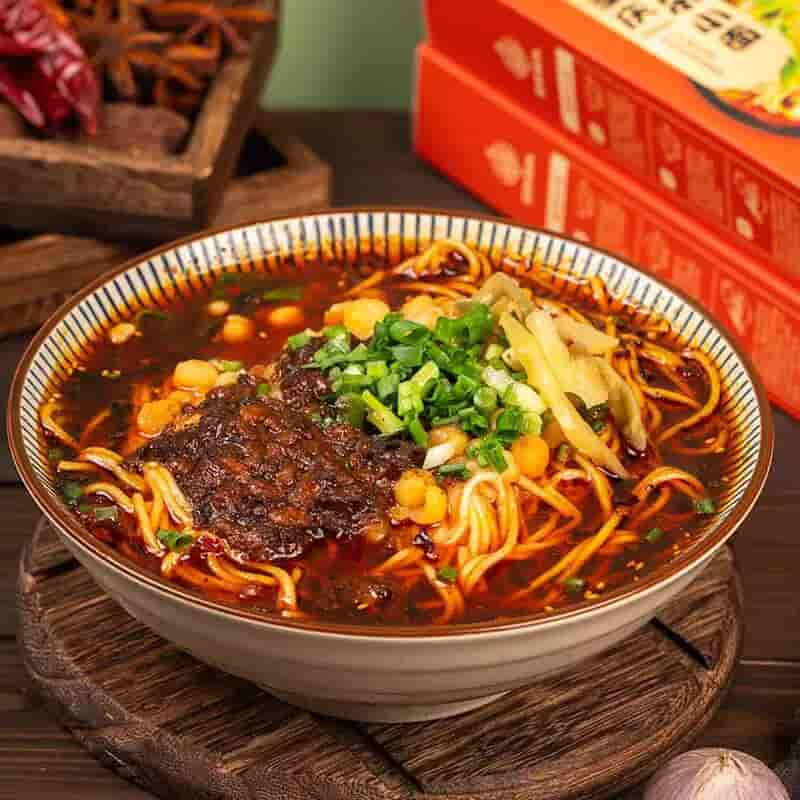
Chongqing Noodles – A Spicy Breakfast to Wake Up the Mountain City
This seemingly simple bowl of noodles is actually a must-try for Chongqing people in the morning!
Why do Chongqing people love it?
Noodles: thin and chewy, absorbing the soup perfectly.
Soup base: spicy and fresh, awakening your taste buds
Toppings: freshly chopped green onion, cilantro and crunchy peanut rice
When you eat, the spicy red oil coats each noodle, and the numbing flavor invigorates you. Many Chongqing people say, “No morning is complete without small noodles!”
Trivia:
✓ The most authentic way to eat noodles is “dry” (without soup).
✓ You can adjust the spiciness according to your taste.
✓ Usually only 5-10 RMB, affordable and delicious!
You might also be interested in:
⭐ Chongqing Noodles
07.Kou Shui Ji (Chongqing ‘Mouthwatering Chicken’)
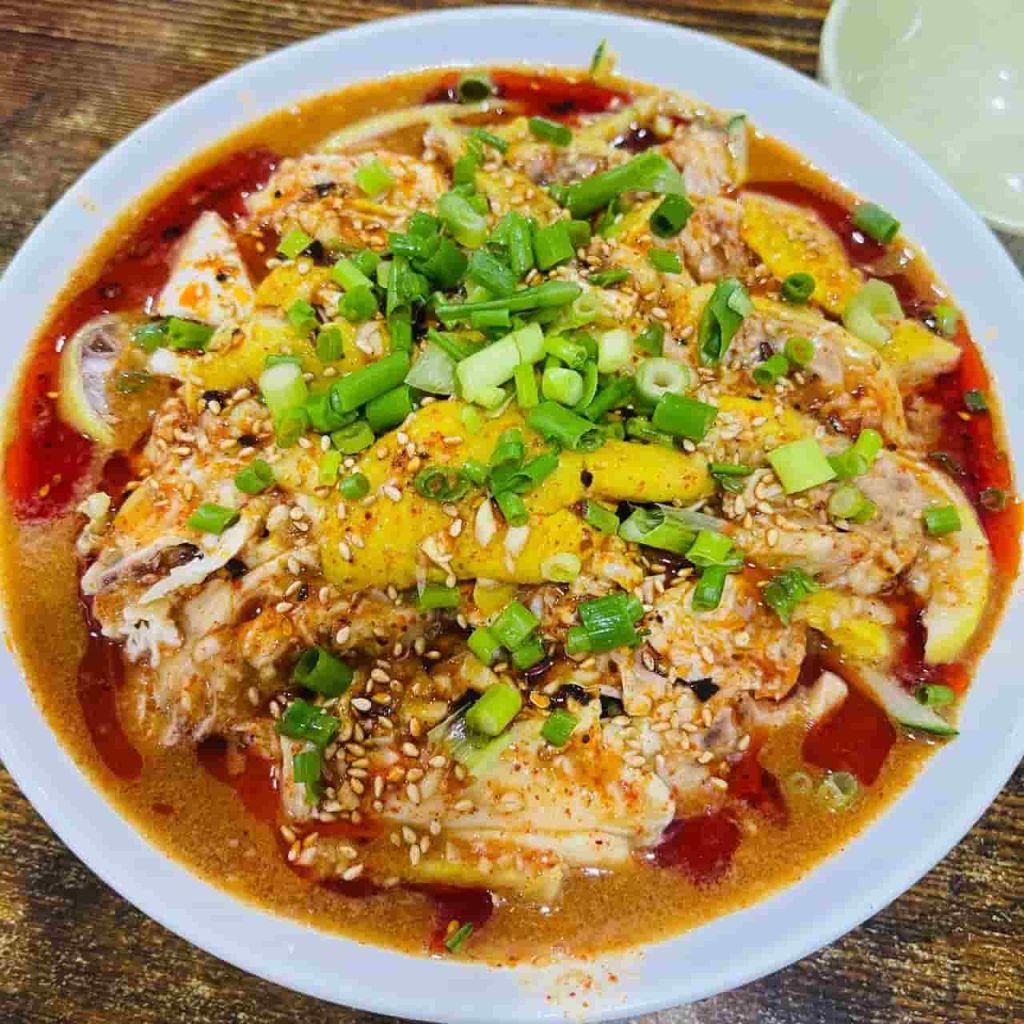
Chongqing Mouthwatering Chicken is a cold dish with tender chicken meat and smooth skin, cut into even-sized pieces, drizzled with a unique sauce made of chili oil, pepper oil, minced garlic and soy sauce, and sprinkled with a handful of cooked sesame seeds and chopped green onions.
When eaten, the tenderness of the chicken meat and the spicy flavor of the sauce are perfectly blended, making people mouth-watering, and just looking at it makes people gag.
08.Hui Guo Rou (Chongqing Twice-cooked Pork Belly)
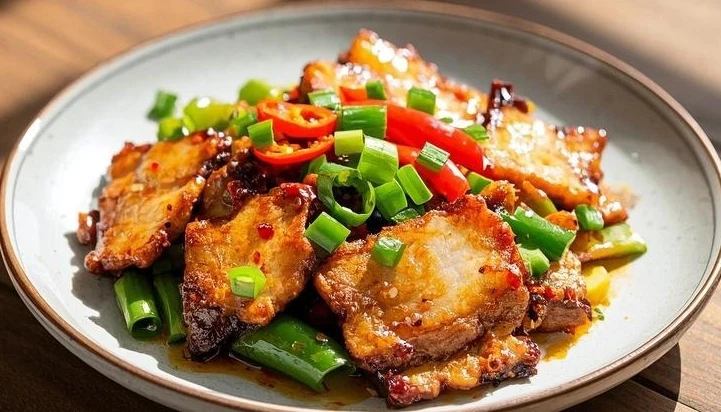
The meat is cooked until it is cooked to seven or eight minutes, then sliced and sautéed in a wok to release the oil, and then added with green peppers, garlic sprouts and other side dishes, as well as bean sauce and other seasonings to stir-fry together.
The sliced meat is stir-fried in the wok until it is slightly curled, fat but not greasy, lean but not firewood, and the side dishes absorb the flavor of the meat and the seasonings, making each bite full of rich homemade flavor.
09.Quan Shui Ji (Chongqing Spring Water Chicken)
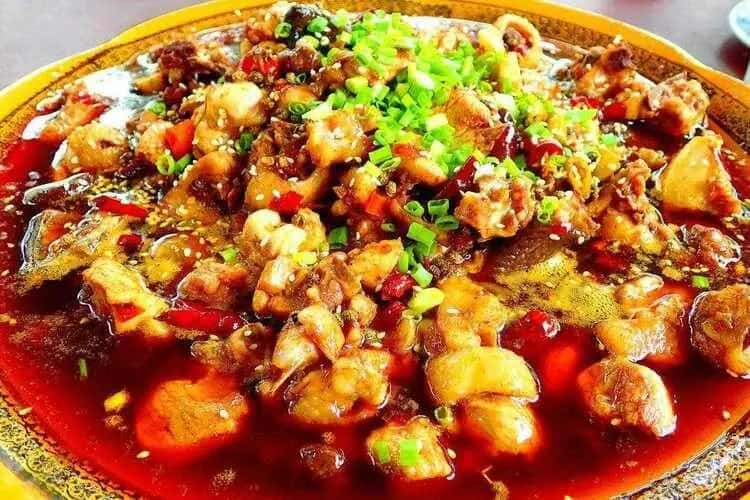
Quan Shui Ji originates from the southern mountains of Chongqing. The chicken is boiled in the local clear mountain spring water, which retains the tenderness and original flavor of the chicken to the maximum extent. The boiled chicken is cut into large pieces and put into the hot oil boiled by a large amount of dried chili peppers, peppercorns, ginger and garlic, etc. The hot oil stimulates the flavor of the seasonings, which instantly fills the surrounding area.
The chicken is tender and juicy, and the spicy flavor penetrates into every fiber of the body.
10.Yu Er Ji (Chongqing Taro Chicken Stew)
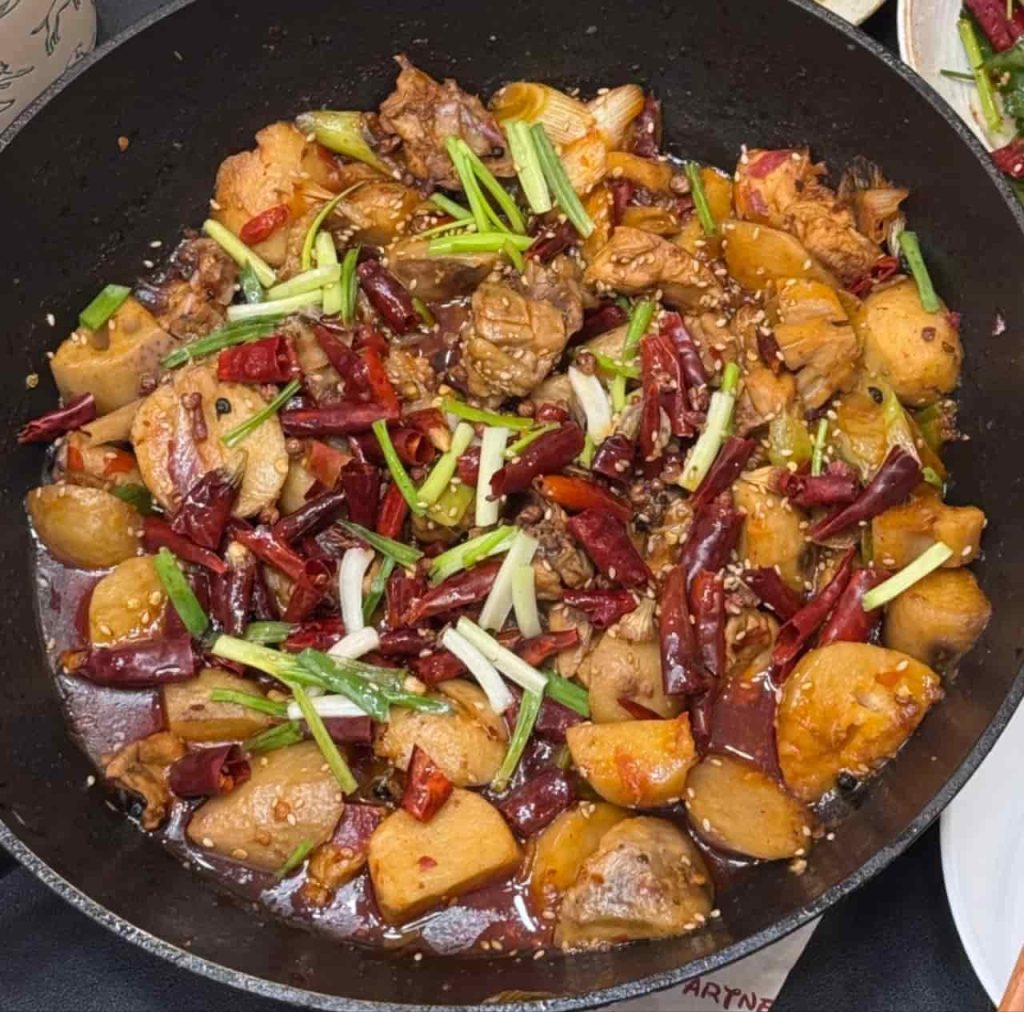
Chongqing Yu Er Ji , the main ingredients of this dish are tender chicken and soft taro. To make it, the chicken is first sauteed until the surface is golden brown, while the taro is cooked until it has a powdery and sticky texture.
When the two ingredients meet in the pot and are simmered over a slow fire, the freshness of the chicken and the sweetness of the taro blend perfectly. During the simmering process, the taro fully absorbs the chicken broth and becomes softer and more flavorful; while the chicken also adds a unique mellow flavor due to the addition of taro.
The most satisfying way to eat is a mouthful of chicken and a mouthful of taro. The freshness of the chicken and the softness of the taro, each bite makes people feel warm and satisfied, is an authentic Chongqing home cooking flavor.

